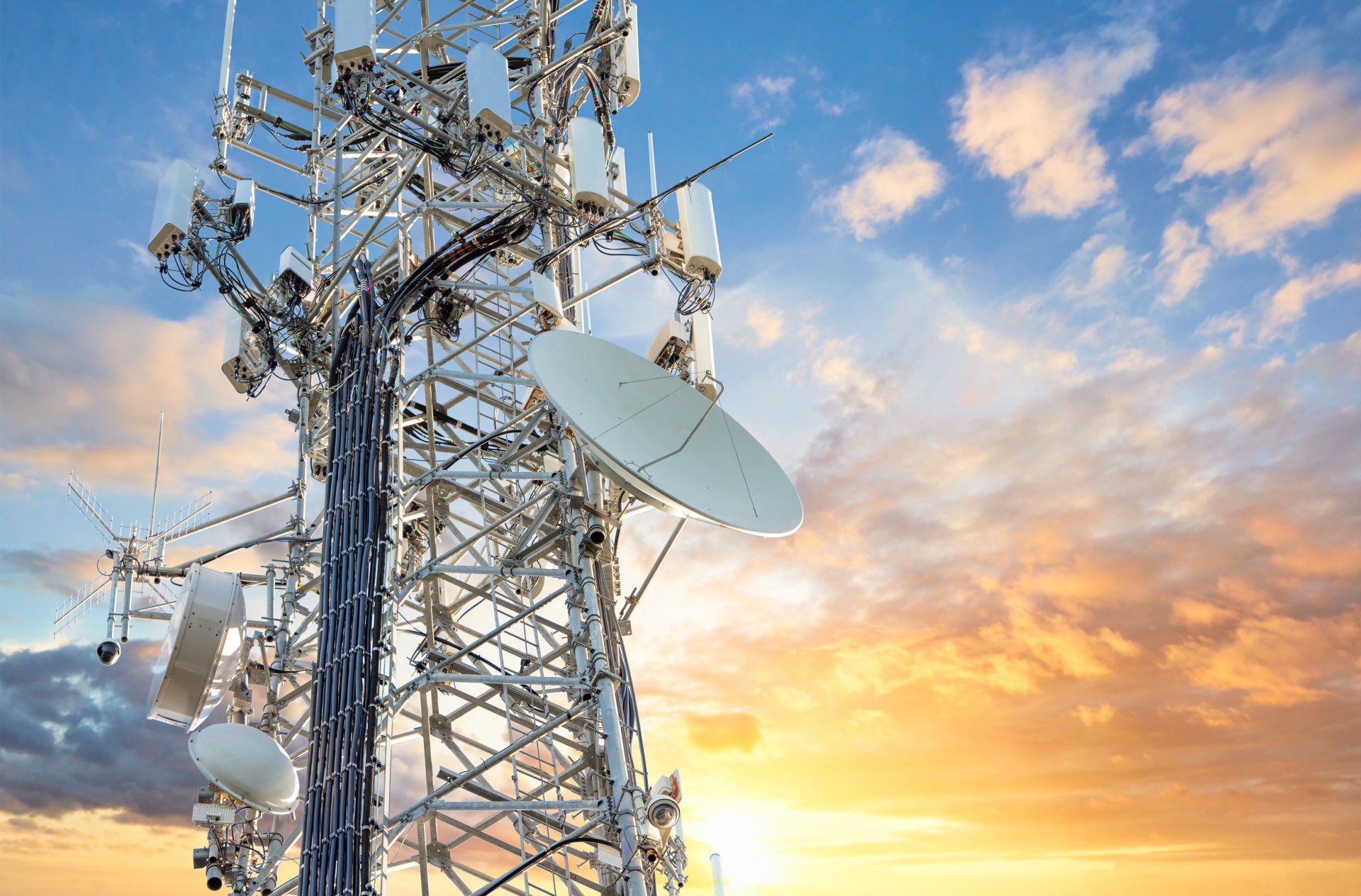
The development of edge computing looks very much like it could be as exciting as the development of the cloud. It is definitely not the solution to all business problems. It is, however, a potential solution to some of the key problems facing modern businesses. Here is what you need to know about edge computing explained in simple terms.
Edge computing may be a classic example of how an old form of technology can be reinvented and given a new lease on life. Fundamentally, edge computing is a return to the early days of IT when data was processed locally. At first, the processing was done on end devices. Later it was done on local servers.
As IT developed, so did the concept of centralized processing. This was what ultimately led to the development of the cloud. Cloud computing has indisputably delivered many benefits to businesses. It looks set to continue to do so. Unfortunately, it has also brought challenges. In particular, it has led to significant growth in traffic on the internet.
Modern, edge computing is a strategy for addressing these issues. Technically, edge computing is an approach to distributed computing that emphasizes local processing. In theory, you can implement edge computing without an online connection. In practice, edge computing implementations are often hybrids of edge computing and cloud computing.
This essentially means that the edge devices will process as much data as they can locally. They will, however, generally send at least some of that data to the cloud. This means they do need an online connection. Even if you don’t want to use the cloud, it helps to have an online connection so that you can monitor edge devices remotely.
Technically, the issue of the cloud vs edge computing explained is basically the issue of power vs speed. Practically, however, there are significant operational differences between the two approaches. With that in mind, here is a quick rundown of cloud vs edge computing explained.
Building a data center from scratch is certainly more complicated than implementing edge computing. In the real world, however, very few businesses are going to do that, not even enterprises. Most businesses are going to access data center infrastructure as a service.
This means that the nearest point of comparison is colocation. Arguably, colocation has an easier path to entry than edge computing. This is mainly because colocation keeps everything in one place. Edge computing requires businesses to have multiple devices in diverse locations.
Assuming you are accessing a data center as a service, the implementation costs of using the cloud are very low. Again, the highest costs tend to be linked with colocation. Even here, however, there is nuance. For example, you could lower the implementation costs of colocation by using leased equipment.
Cloud endpoints tend to be relatively affordable because they can be relatively low-specced. On a like-for-like basis, edge devices are typically more expensive due to the need for more powerful hardware.
In terms of running costs, both cloud computing and edge computing generate staffing costs and electricity costs. Edge devices typically consume more electricity than cloud computing devices. They will, however, use less (or no) energy in the cloud.
Cloud devices also need an internet connection and will generate cloud processing costs. With that said, most, if not all, businesses will need an internet connection anyway. Likewise, many edge implementations will make some use of the cloud.
The centralized nature of the cloud makes it easier to manage and staff than edge computing implementations. This helps to lower both management overheads and everyday staffing costs.
Businesses can reduce their own management overheads and in-house staffing costs by using managed IT services. They should, however, be aware that the cost of managed IT for edge computing is likely to be higher than for cloud computing.
The relative security of edge computing vs the cloud largely depends on your point of view. You could argue that the fact that edge devices are dispersed makes them harder to attack. This makes edge computing the more secure option.
You could also argue that the fact that edge devices are dispersed makes them harder to defend. This makes cloud computing the more secure option.
For practical purposes, individual edge devices are likely to be more vulnerable than data centers. The potential impact of a breach, however, is lower. By contrast, data centers are much harder to attack but the potential impact of a breach is higher.
The cloud is both more scalable than edge computing and better suited to mobile use. With that said, edge computing is more customizable than public cloud solutions. It’s probably on an equal level with private cloud solutions.


Discover the DataBank Difference today:
Hybrid infrastructure solutions with boundless edge reach and a human touch.